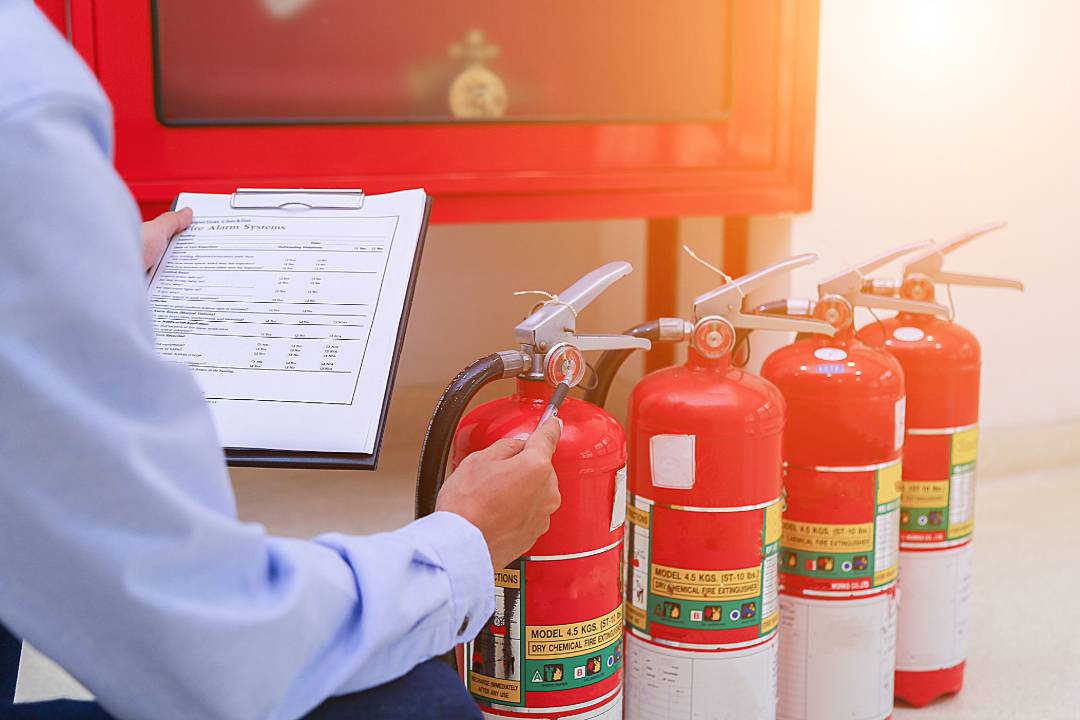
Is Your Fire Safety Plan Enough? Lessons Learned From Restoration Experts
Fires are devastating events that can turn lives upside down in a matter of minutes. While having a fire safety plan in place is crucial, many homeowners discover their plans weren’t as robust as they thought after a fire occurs. Drawing insights from fire damage restoration experts, this article will explore common oversights in fire safety plans and provide actionable tips to improve yours.
Why a Comprehensive Fire Safety Plan Is Vital
A well-thought-out fire safety plan can save lives, minimize property damage, and speed up recovery after an event. However, gaps in preparation often lead to:
- Unnecessary risks: Inadequate exit plans or lack of fire extinguishers.
- Worse property damage: Failure to recognize potential fire hazards.
- Delays in recovery: Unpreparedness for post-fire cleanup and restoration.
Learning from real-world restoration cases can help you refine your safety measures and avoid common pitfalls.
Lessons Learned From Restoration Experts
Fire damage Idaho Falls restoration professionals have witnessed a variety of scenarios that reveal weaknesses in many fire safety plans. Below are some key lessons you can incorporate into your strategy:
1. Conduct Regular Fire Hazard Audits
Restoration experts frequently find that overlooked hazards contribute to fires. Commonly missed fire risks include:
- Clutter near heat sources: Stacks of paper, boxes, or furniture near space heaters and fireplaces.
- Worn electrical components: Frayed cords and overloaded power strips are leading causes of electrical fires.
- Kitchen-specific risks: Grease buildup in stoves or forgotten items near burners.
Schedule monthly audits to identify and mitigate hazards before they become issues.
2. Invest in Updated Fire Safety Technology
Older fire alarms and outdated safety measures often leave homeowners vulnerable. Restoration professionals recommend:
- Smart smoke detectors: Models that sync with your phone for real-time alerts.
- Sprinkler systems: These can contain a fire before it spreads significantly.
- Fire extinguishers: Ensure you have the right type (A, B, or C) for potential fire sources in your home.
3. Create and Practice Your Escape Plan
Even homes with multiple smoke detectors can experience delayed evacuations due to poorly planned exit routes. Experts emphasize:
- Mapping multiple escape routes: Include two exits from every room.
- Identifying safe meeting points: A location where all household members can reconvene after escaping.
- Practicing drills regularly: Ensure everyone, including children, knows the plan.
4. Plan for Post-Fire Recovery
Many families overlook the importance of having a recovery strategy. A comprehensive post-fire recovery plan should include:
- Contact details for a trusted fire damage restoration company.
- Insurance documentation ready for immediate use.
- A temporary housing plan, especially if extensive damage occurs.
Proactive Measures to Improve Your Fire Safety Plan
To ensure your fire safety plan is up-to-date and effective, consider these additional strategies:
-
Install surge protectors: Prevent electrical fires caused by power surges.
-
Use non-flammable building materials: Especially for roofing, siding, and flooring.
-
Maintain appliances regularly: Inspect and clean equipment like dryers and HVAC systems.
Better Planning Leads to Better Outcomes
A robust fire safety plan doesn’t just stop at prevention—it also prepares you for recovery. By learning from restoration experts and addressing common oversights, you can ensure that your home and loved ones are as safe as possible. If fire damage occurs, having a professional restoration team at your side can make all the difference.

Comments (0)